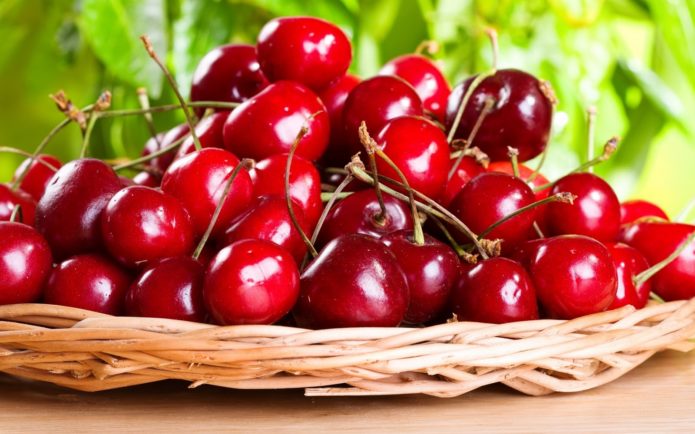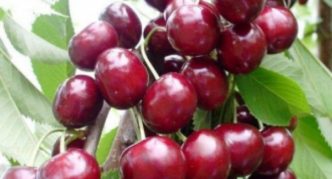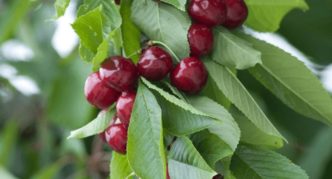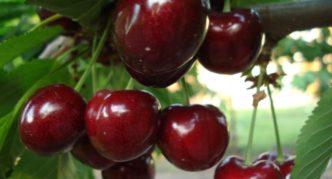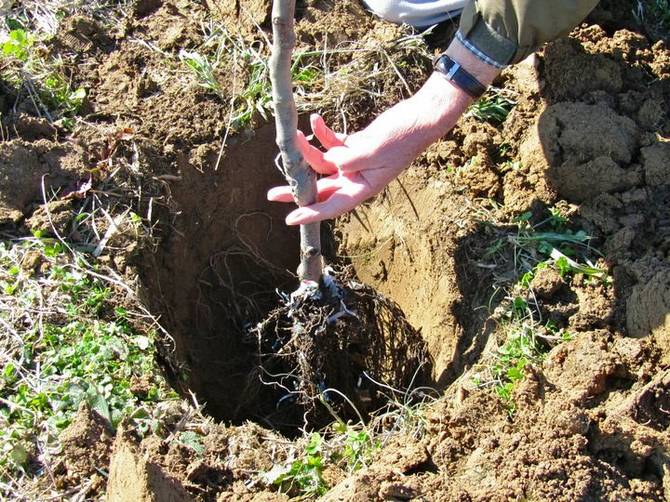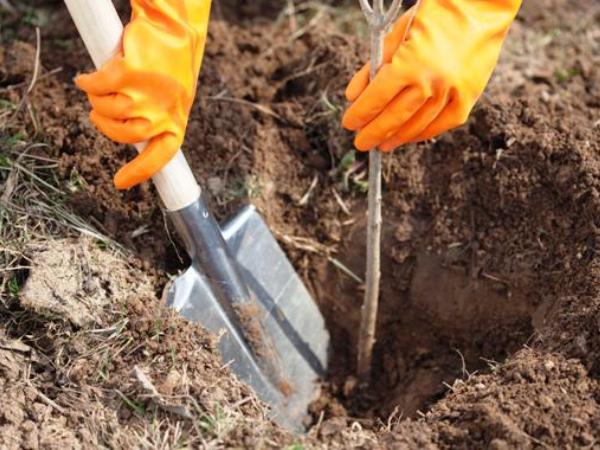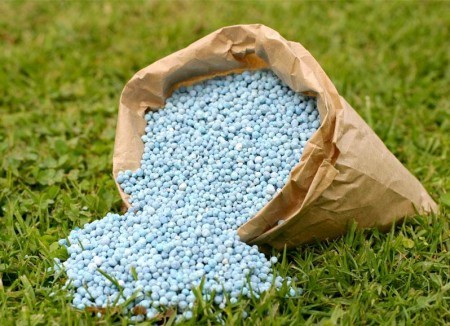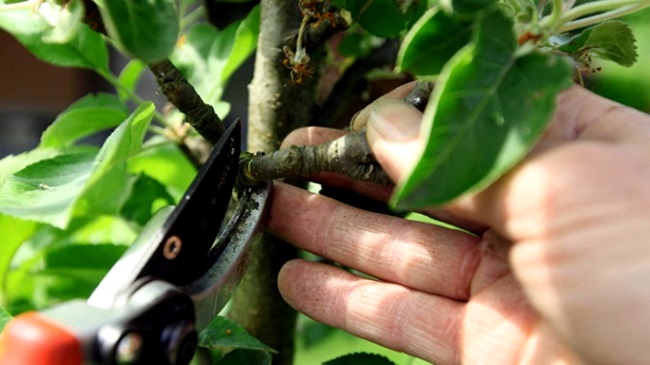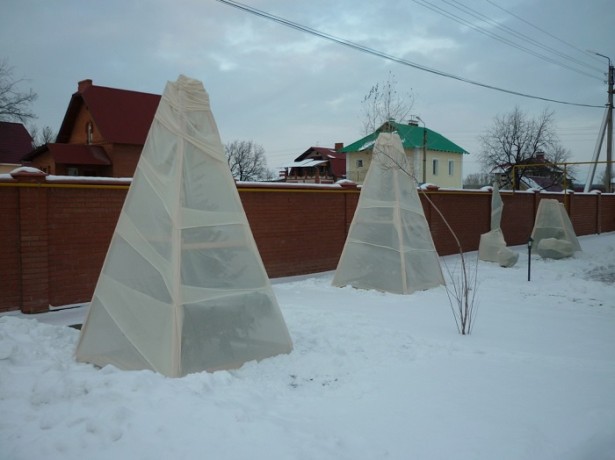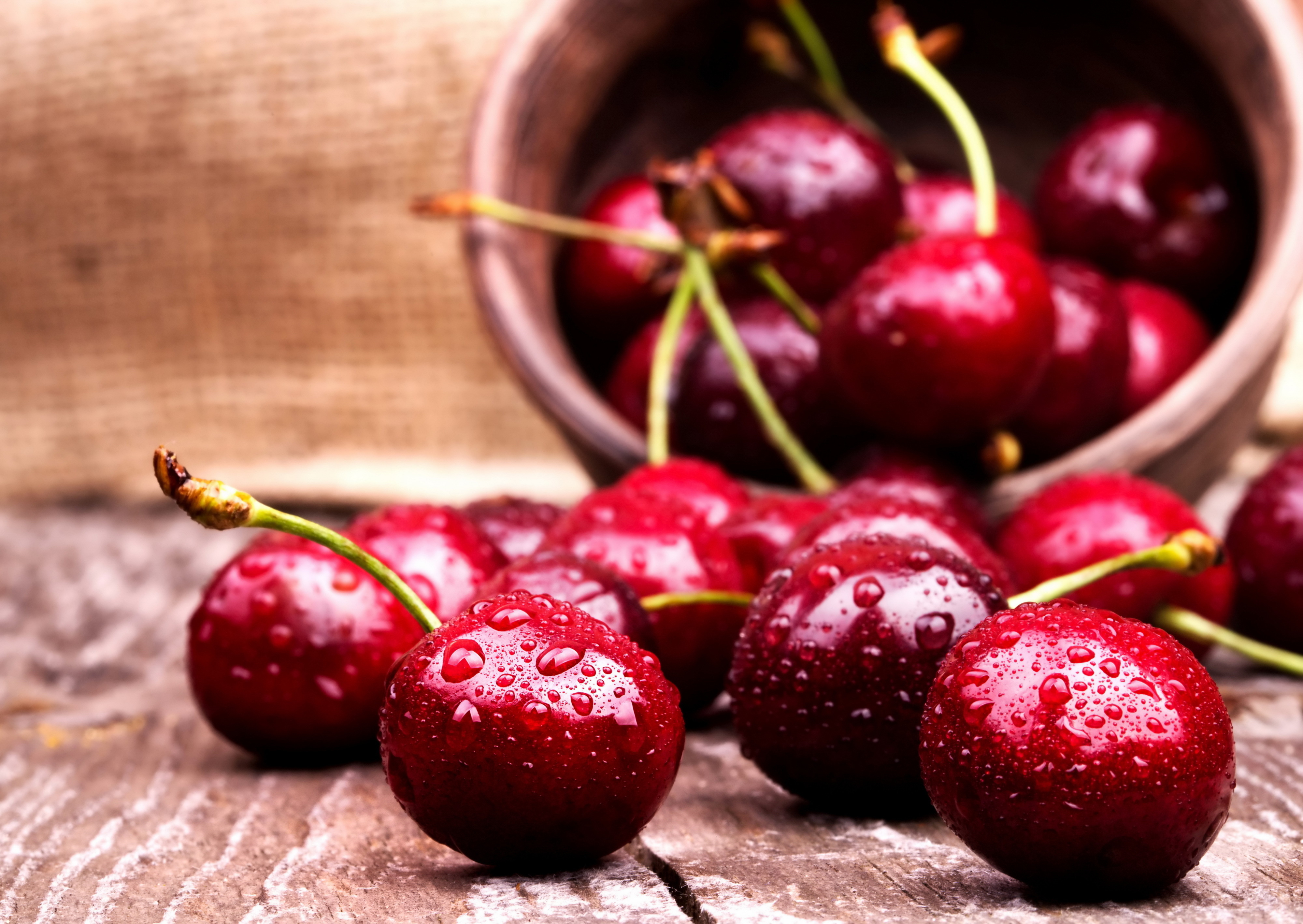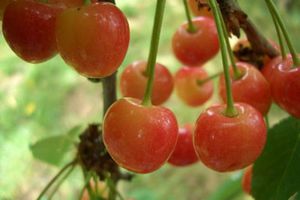Column-shaped cherries are still a rare guest on personal plots, but gardeners have already appreciated its advantages. This type of cherry grows vertically upward, without horizontal branches, which allows you to grow a real garden even in a confined space.
Content
Description and characteristics of columnar cherries
Columnar cherry is a shoot that grows exclusively upward due to the guide. The culture has short skeletal branches, which, along with fruit branches, create a crown in the form of a vertical cylinder. Columnar cherries are very easy to care for, they do not require pruning, and thanks to their compact shape, several trees can be placed on the site.
According to the rules of the Russian language, the word "columnar" is written with two letters "n" in the first case, since it is derived from the word "column". However, more and more often in the literature on gardening can be found the term "columnar" in relation to the compact forms of apple, pear, cherry and sweet cherry.
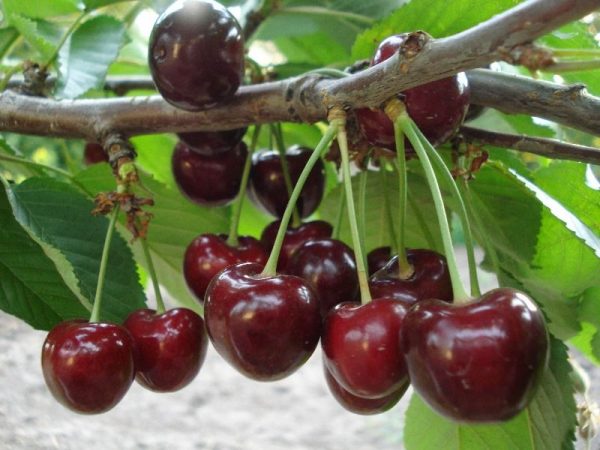
Columnar cherries are not inferior to the fruits of classic varieties either in appearance or in taste
These compact plants have a number of differences from conventional crop varieties.
- Unusual appearance. Dwarf columnar varieties differ from ordinary sweet cherries by the cylindrical shape of the crown. They can become an unusual and original garden decoration.
- Due to their small size, the trees are very convenient to harvest.
- Columnar cherries are much easier to cover before wintering and protect them from frost.
- The plant begins to bear fruit early.
Table: advantages and disadvantages of culture
| pros | Minuses |
| High early maturity. Fruiting of a seedling begins in the year of planting. | Pollinating varieties required. |
| Great berry taste. | |
| The compactness of the tree. | Does not tolerate drying out of the earth and close occurrence of groundwater. |
| Decorativeness. |
Video: Columnar Cherry
Popular varieties: choosing the right ones
Columnar forms of fruit trees have a lot of advantages and are becoming more and more popular among gardeners, therefore breeders are intensively working to create new varieties. Currently, several varieties have been bred, the most popular of which are:
- Silvia. An early ripe cherry variety, the first berries ripen in early June. The plant is high-yielding, large fruits are colored ruby;
- Little Sylvia. Reduced copy of the Sylvia variety. The cherry grows in height up to 2 m. The crown is very compact and does not grow over 50 cm in diameter. The fruit ripens at the end of June;
- Helena. A unique variety with ruby-colored berries.Fruits - juicy, fleshy and sweet - are real champions, their weight reaches 14 g, and the yield of one tree is about 15 kg;
- Sam (Sam). Berries of dark burgundy color reach a weight of 10–12 g. The fruits are distinguished by excellent transportability and ripen almost simultaneously. Early variety. Fruiting ends in the 20th of June.
Columnar cherry in the photo
- The Helena variety is famous for its large fruits, the weight of which reaches 14 g
- Cherry fruits of the Sem variety ripen at the same time and are painted in a beautiful dark burgundy shade
- Sylvia is distinguished by its ruby-colored berries during fruiting.
Planting columnar cherries
Despite the fact that the dwarf columnar cherry is unpretentious, in order to obtain an excellent harvest of delicious berries, it is necessary to plant the plant according to all the rules and provide good care in the future.
Selection of both plot and seedlings
When choosing a seedling and a planting site, several important points should be considered:
- when purchasing seedlings of columnar cherry, inspect them and make sure that the apical bud is not damaged. Only under this condition will the crown grow upward, acquiring a cylindrical shape;
- find a sunny spot on the property. The seedlings should be protected from cold winds and well lit from all directions;
- the soil in the area chosen for planting columnar cherries must be loose and fertile. Landing in lowlands and in areas with a close location of groundwater is unacceptable;
- the planting pit should be sized to match the root system of the sweet cherry seedling.
Step-by-step instruction
- The best time to plant columnar cherries is spring. In this case, the procedure is recommended to be carried out after the threat of recurrent frosts has passed. If you bought a seedling in the fall, dig it in and plant it in a permanent place in the spring.
- Dig a hole 60 cm in diameter and depth.
- Mix the top fertile layer with humus and pour the mixture onto the bottom of the pit. Then put a layer of black soil so that the delicate cherry roots do not get burned.
- Moisten the substrate and place the seedling.
- Spread the roots and cover them with earth so that the root collar protrudes 5 cm above the ground level.
- Make a roller around the seedling and moisten the soil.
- Stick a peg next to the cherry and tie the plant to it.
In the first 2-3 years, the growth of the seedling will not be intense. At this time, make sure that the top is not damaged and does not freeze in winter. Otherwise, the plant will lose its original column shape and grow like a common cherry.
Cultivation of columnar cherries
Columnar cherries are easier to care for than conventional varieties. It comes down to watering during dry periods, periodic top dressing and shelter for the winter.
Watering and feeding
Sweet cherry is a moisture-loving plant, but the tree does not tolerate both stagnant water and waterlogging of the soil. Watering columnar cherries is necessary only on hot days, in addition, the amount of moisture should be increased at the stage of berry formation.
In the fall, before the onset of cold weather, water-charging watering is performed, which will help the plant to endure frosts. This is done in early October after leaf fall.
The best care option is to combine irrigation with fertilization. They do it as follows:
- in the fall, it is recommended to add 150 g of phosphorus fertilizers and 60 g of potash fertilizers to the soil;
- in the spring, a nitrogen type of fertilizer is introduced into the trunk circle: ammonium nitrate or urea;
- after the cherry blossoms and after 2 weeks after that, a diluted mullein with a small amount of wood ash should be added under the tree.It is recommended to pour 0.5 buckets of mullein infusion with ash under each cherry, and then immediately water it abundantly.
Pruning and shaping columnar cherries
Unlike conventional varieties, the crown of the columnar cherry grows almost vertically. This form does not require shaping. However, if the crown of the plant becomes thickened, some branches can be cut. In the spring, before the start of sap flow, you can also remove all frozen and dried shoots. These activities will be enough.
Shelter for the winter
The most important step in caring for a columnar cherry is preparing the plant for wintering. So that it does not lose its original cylindrical crown shape, it is necessary to ensure that the apical bud on the central conductor does not freeze over.
After carrying out water charging irrigation in the fall, the near-trunk circle is mulched with a thick layer of sawdust or peat. The fallen snow is shoveled closer to the trunk and trampled down. Then a layer of sawdust is poured over the snowdrift, which will help prevent snow from melting during the thaw.
Columnar cherries are compact in size, so they are very easy to insulate. For this, supports are installed around the trunk in the form of an impromptu pyramid and wrapped with burlap or non-woven covering material.
Gardeners reviews
In nature, there are no and cannot be cherries columns, because sweet cherries, in contrast to hems, do not carry the Coloniform Co gene. These are all fairy tales about cherry pillars. Photos on the Internet from some unscrupulous nurseries, deception, it's all for the sake of profit. Cherry Sylvia is a low-growing variety, but there can be no question of any column, Sylvia was bred by Canadian scientists using artificial mutagenesis, this is an ordinary sweet cherry but with weak growth. As for building a business on this variety, I personally do not advise you to rush into the whirlpool with your head, because before you start dumping money, you need to study the resistance of the variety to different weather and climatic conditions in the region.
My cherry columnar in the second year of planting gave large side shoots, so I doubted its columnarity.
I bought myself a columnar cherry, you know, if I honestly didn't ask the variety, I asked for a columnar one, I really want to try it, what a miracle. what they write about the columnar cherry-high yield, the berries are large, sweet and aromatic. Praised for very good yields.
Columnar cherry becomes a real find for summer residents. Due to its compact shape, several specimens can be placed on the site and a real cherry garden can be grown. In addition, caring for the plant is quite simple, cherries can be insulated without any problems before the onset of frost, which will allow them to grow and get an excellent harvest of sweet fruits not only in the southern regions, but also in central Russia.
